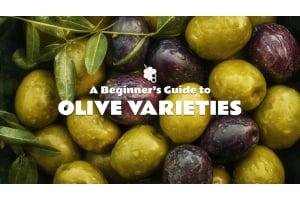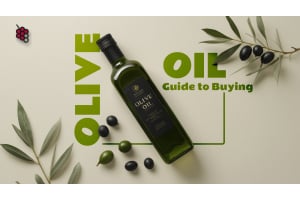
Italy, which has been famous for its unique wine culture, has gone through different consumption trends from the years 2010 to 2024. The article examines the fluctuations in the country's wine consumption patterns by analyzing liters per capita and total wine consumption per year. Reasons for the trends are also discussed.
Wine Consumption Trends: 2010 - 2024
Liters Per Capita Consumption and Total Consumption
| Year | Liters per Capita | Total Wine Consumption (Million Hectoliters) |
|---|---|---|
|
2010 |
55.8 |
21,76 |
|
2011 |
53.2 |
20,85 |
|
2012 |
49.6 |
19,48 |
|
2013 |
47.3 |
18,65 |
|
2014 |
45.8 |
18,15 |
|
2015 |
43.5 |
17,10 |
|
2016 |
41.7 |
16,39 |
|
2017 |
39.5 |
15,49 |
|
2018 |
37.9 |
14,88 |
|
2019 |
36.1 |
14,20 |
|
2020 |
33.7 |
13,26 |
|
2021 |
31.9 |
12,54 |
|
2022 |
29.5 |
11,62 |
|
2023 |
27.8 |
10,91 |
|
2024 |
26.3 |
10,30 |
Explaining reasons for seasonal changes in consumption
Several factors contribute to the yearly shifts in wine consumption:
- Economic Factors: Economic instability reduces purchasing power of consumers. During recessions, people may switch to less expensive wine options in search of affordable alternatives.
- Cultural Changes: New lifestyles and health-caution determine their actions. Lower-alcohol alternatives gain in popularity with the health-conscious consumers.
- Weather Challenges: Bad weather influence grape harvests which leaded to the collapse in wine production and availability.
- Competition: Wine consumer demand might drop in the favor of craft beer and spirits. Beverage variety changes peoples taste.
- Marketing Impact: The marketing strategies aim at increasing the desire for the goods. Successful campaigns become the source of readaptation and stimulate consumption.
FAQ
-
What were the consumer habits of the wine in Italy in 2023?
In 2023 Italy experienced consumption of less wine, with the per capita consumption amounting to 27.8 liters and the country's total consumption at 10,910 million liters.
-
How much of wine Italians will use in 2024?
Estimated trends correlate with the stabilization of the Italian wine consumption in 2024, being the per capita equal to 26.3 liters and total consumption to 10,300 million liters.
-
What economic factors influence the drinking of wine?
Wine consumption varies with economic situations. People are inclined to make a more budget approach and reduce wine intake during recessions.
-
What part do the cultural shifts make of wine consumption dynamics?
It impacts the way people drink wines. Health-awareness, on the other hand, resulted in lower alcohol or even non-alcoholic alternatives. Consequently, the wine industry has experienced a trend regarding consumers' consumption habits.
-
How is marketing playing a role in the increase of wine consumption?
A successful marketing strategy may convince consumers to drink more wine. The winning projects have customers coming back and also restoring their excitement for wine.
Conclusion
Italy's wine consumption trajectory over the years has been a dance to a tune comprised of complicated trading, cultural and market shifts. While the Italian wine industry adapts to the impact of such factors, it is still evolving. Thus, the cuisine remains an important part of the country's cultural heritage.
















Good selection and prices. Shipped swiftly and delivery thru UPS went well